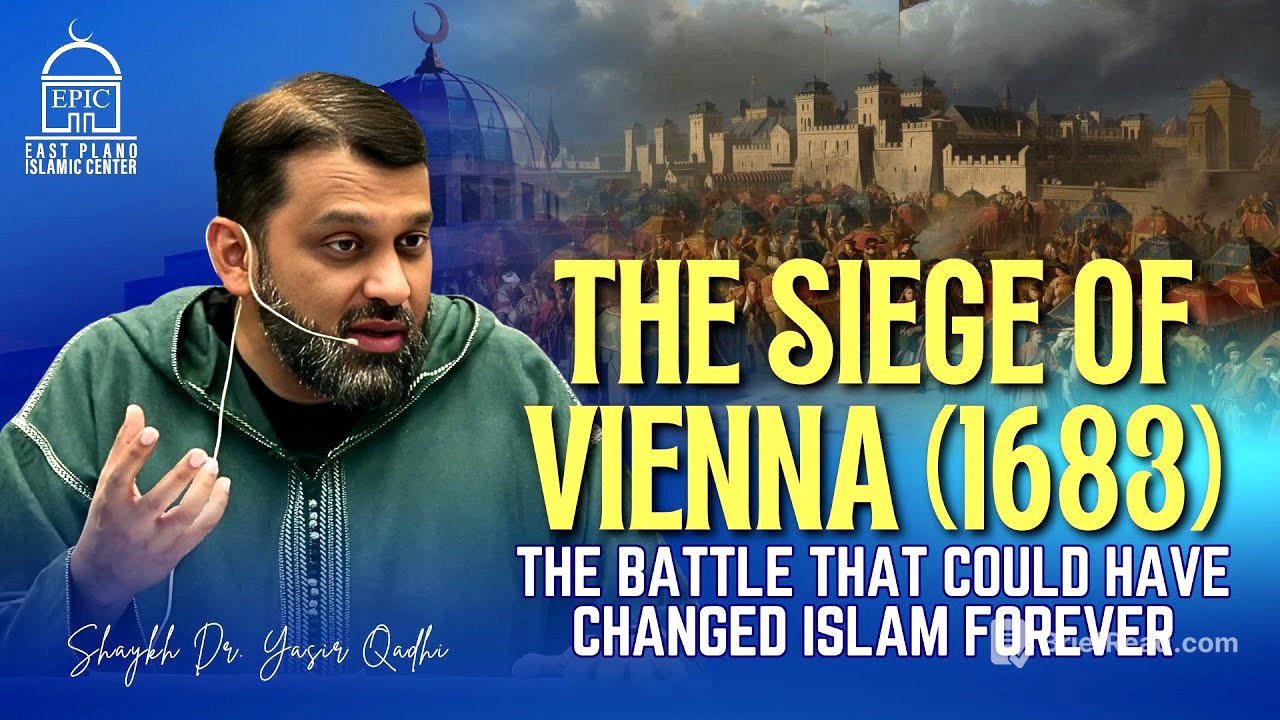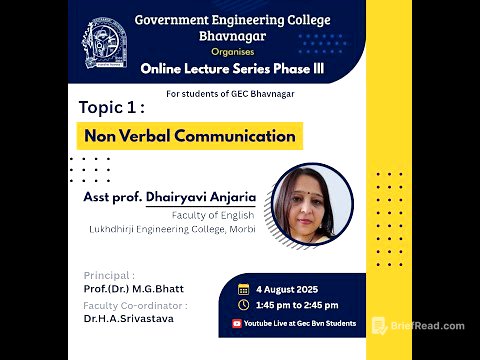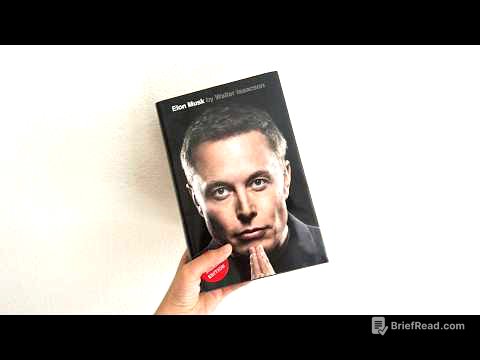TLDR;
This video explores two significant "what if" moments in Islamic history, focusing on the Battle of Tours and the Siege of Vienna. It highlights the potential impact of different outcomes in these events and emphasizes that despite historical setbacks, the Muslim Ummah continues to thrive. The discussion also touches on contemporary issues, such as the growing Muslim population in Vienna and the rise of Islamophobia in Austria, illustrating the complex interplay between history, politics, and religious identity.
- The Battle of Tours and the Siege of Vienna are presented as pivotal moments that could have drastically altered the course of history.
- The video emphasizes that even in the face of lost battles, the Muslim Ummah continues to thrive and grow.
- The speaker addresses contemporary issues such as the increasing Muslim population in Europe and the rise of Islamophobia, particularly in Austria.
Introduction: Istanbul and "What If" Moments in History [0:00]
The speaker starts by discussing Istanbul, highlighting its historical significance as both a Christian and Muslim capital. He then introduces the concept of "what if" moments in history, focusing on two battles where different outcomes could have significantly changed the course of Islamic history. The speaker emphasizes the importance of learning from both the successes and failures of the past to understand the present reality.
The Battle of Tours: A Near Miss in France [2:58]
The Battle of Tours is presented as the first "what if" moment. The Umayyad Empire reached as far as Tours, a city near Paris, before being turned back. The speaker mentions the discovery of Muslim graves in the region dating back to 770 CE, indicating a significant Muslim presence in close proximity to Paris. The speaker also references the Umayyad rule in Andalucia and Madrid, noting the remains of the Umayyad governor's palace beneath King Juan's palace as a symbolic representation of history.
The Siege of Vienna: A Hair's Width Away [4:48]
The speaker introduces the second and more significant "what if" moment: the Siege of Vienna. He describes Vienna as a city of immense historical beauty and importance, being the capital of European empires and the Hapsburg dynasty. The Ottomans attempted to conquer Vienna twice, with the second attempt being the focus of the discussion.
The First Attempt on Vienna: Sulleiman the Magnificent [6:52]
Sulleiman the Magnificent led the first attempt to capture Vienna in 1529. After a two-week siege, he was forced to retreat due to the rainy season, lack of food, and the realization of Vienna's strong fortifications. The speaker notes that Vienna's strategic importance as the capital of the Hapsburg dynasty made it a heavily fortified city.
The Second Siege of Vienna: Kara Mustafa Pasha's Ambition [8:31]
In the 17th century, Kara Mustafa Pasha, a vizier, sought to conquer Vienna to make a name for himself. He amassed an army of 180,000 men, the largest the Ottomans had ever seen. Despite Vienna being defended by only 20,000 soldiers and the emperor fleeing the city, the Ottomans failed to capture it.
Arrogance and Missed Opportunities [12:31]
The speaker attributes the failure to Kara Mustafa Pasha's overconfidence and arrogance. He built a luxurious camp outside the city, taunting the starving residents with his wealth. He also hesitated to attack the city, hoping for a surrender to preserve Vienna's infrastructure for his future ambitions, potentially even to rival the Khalifa.
The United European Response [17:21]
The lengthy siege allowed the disunited European dynasties to unite against the Ottomans. King Leopold and other regional kings, including the Polish King John Subiski, formed an alliance and sent troops to fight against the Ottomans. This marked the beginning of a united European front, a precursor to the EU.
King John Subiski and the Winged Husars [19:00]
King John Subiski of Poland, a military genius, led the European forces. He united the Europeans and was given military charge. He led a force of 80,000, including the Winged Husars, an elite calvary known for wearing wings made of ostrich and eagle feathers. The Winged Husars launched a massive charge against the Ottomans, surprising and demoralizing them.
The Battle and Aftermath [23:00]
The battle lasted two days and resulted in a massacre of the Ottoman forces. Kara Mustafa Pasha fled the battlefield, leading to further chaos. The Ottoman Sultan, disappointed by the failure and waste of resources, ordered Kara Mustafa Pasha's execution.
Reasons for Failure and Modern Implications [24:24]
The speaker summarizes the reasons for the Ottoman failure, including overconfidence, poor logistical planning, and the failure to attack the city promptly. He concludes by stating that Allah protects the Ummah despite political ups and downs. He notes that Vienna today has a 10% Muslim population, primarily Turks and Bosnians, and that one in three children in public schools is Muslim.
Contemporary Issues: Islamophobia and Demographics [25:50]
The speaker addresses the backlash he receives from the far-right for pointing out demographic shifts in Europe. He argues that these changes are a result of European countries' own policies and declining birth rates among native populations. He also notes the rise of Nazi ideology and Islamophobia in Austria, despite the significant Muslim population in Vienna. The speaker concludes by emphasizing that Islam will continue to flourish, regardless of political battles and challenges.



![The 5 Stages of Burnout [How To Recognize Them]](https://wm-img.halpindev.com/p-briefread_c-10_b-10/urlb/aHR0cDovL2ltZy55b3V0dWJlLmNvbS92aS9ubndrWDZ1OXRGby9ocWRlZmF1bHQuanBn.jpg)





